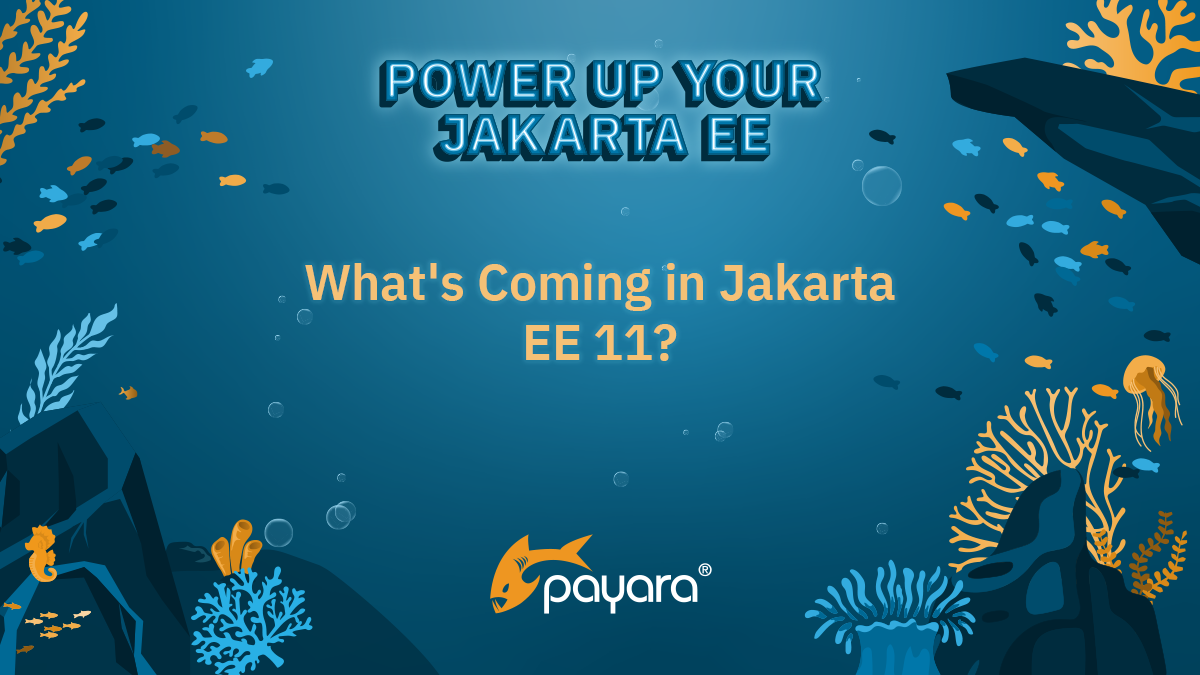 3 minutes
3 minutes
End-of-Life Technology: How to Drive Innovation Without Compromising Stability
When legacy systems approach end-of-life (EOL), enterprise IT teams typically face the choice of moving forward at all costs […]

The 11th release of Jakarta EE, the open-source successor to Java EE whose advancement is led by the Eclipse Foundation, is still undergoing development. Scheduled for release later in 2024, Jakarta EE 11 will introduce a range of enhancements and new functionalities aimed at improving Java enterprise application development. Let’s take a quick look at what to expect.
Jakarta EE 11 will be based on Java SE 17/21, a, incorporating the latest advancements in the Java ecosystem. This update will include support for Records and Virtual Threads, as well as adaptations to address the deprecation of the Security Manager. These alignments will help ensure Jakarta EE remains modern and can leverage the latest Java SE innovations.
Continuing the trend from previous versions, Jakarta EE 11 further aligns various specifications with Jakarta Contexts and Dependency Injection (CDI). This includes improved CDI support in Jakarta REST, Jakarta Persistence and Jakarta Concurrency APIs. You can expect more consistent and intuitive programming models across the different Jakarta EE technologies.
Several core Jakarta EE specifications are receiving significant updates:
Jakarta EE 11 introduces
Jakarta NoSQL aims to become a core part of the Jakarta EE Platform as the standard, vendor agnostic API for accessing different NoSQL databases. Unfortunately, it’ll not be a part of the umbrella specification for Jakarta EE 11. However, the project team is working on getting it ready for the next major iteration release. You can however, use it in your Jakarta EE 11 projects by explicitly adding it as dependency.
As Jakarta EE evolves, some older technologies are being phased out:
Jakarta EE 11 reflects the community-driven nature of the platform. With Eclipse Foundation driving open governance and collaboration, the release incorporates feedback and contributions from various stakeholders in the Java ecosystem.
Jakarta EE 11 is a major advancement in enterprise Java development. It aims to address the changing requirements of developers in both cloud-native and traditional enterprise settings by adopting new Java features, improving current APIs and introducing fresh specifications. As the release date nears, developers are advised to examine these modifications and think about how they can use them effectively in their applications.
Stay tuned for more updates from Payara on Jakarta EE 11. Consider getting involved in the Jakarta EE community by joining the mailing list to shape the future of this vital technology stack.
Share:
 3 minutes
3 minutes
When legacy systems approach end-of-life (EOL), enterprise IT teams typically face the choice of moving forward at all costs […]
 5 minutes
5 minutes
November has been one of the busiest months of the year for the Java and Jakarta EE ecosystem. With […]
 3 minutes
3 minutes
Working with enterprise Java databases can sometimes feel like swimming upstream. Jakarta EE 11’s Jakarta Data helps developers glide […]